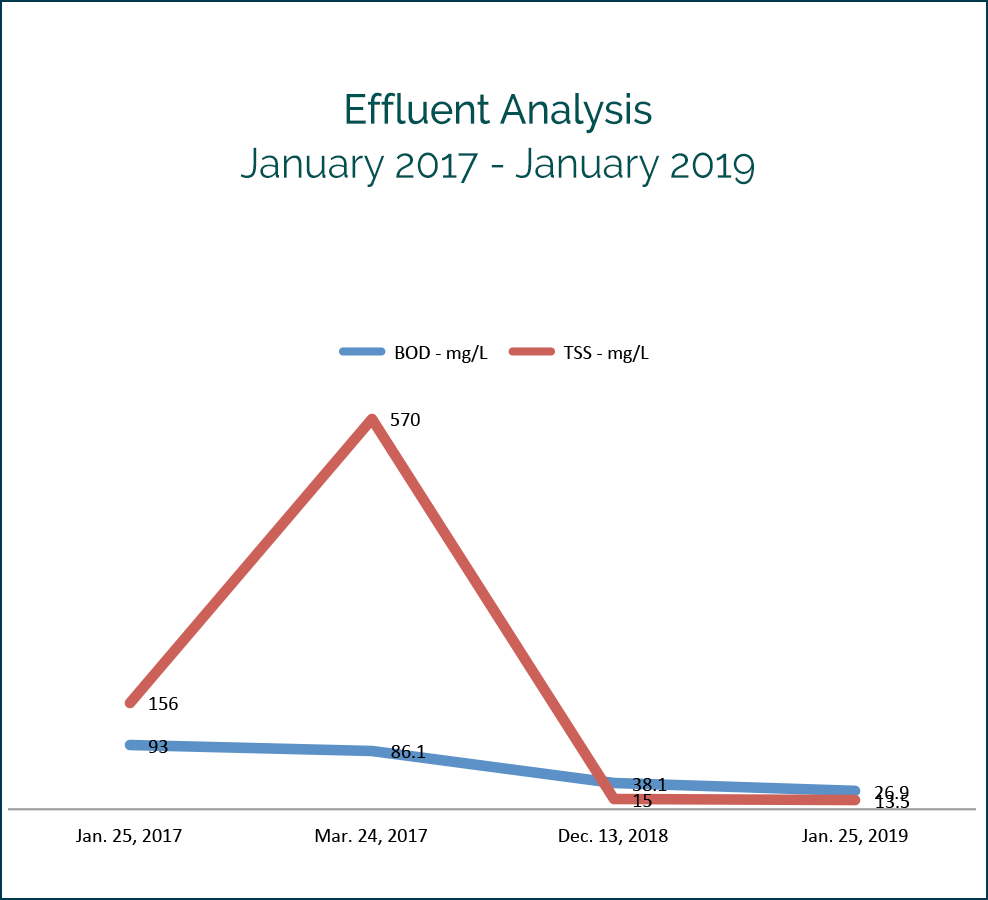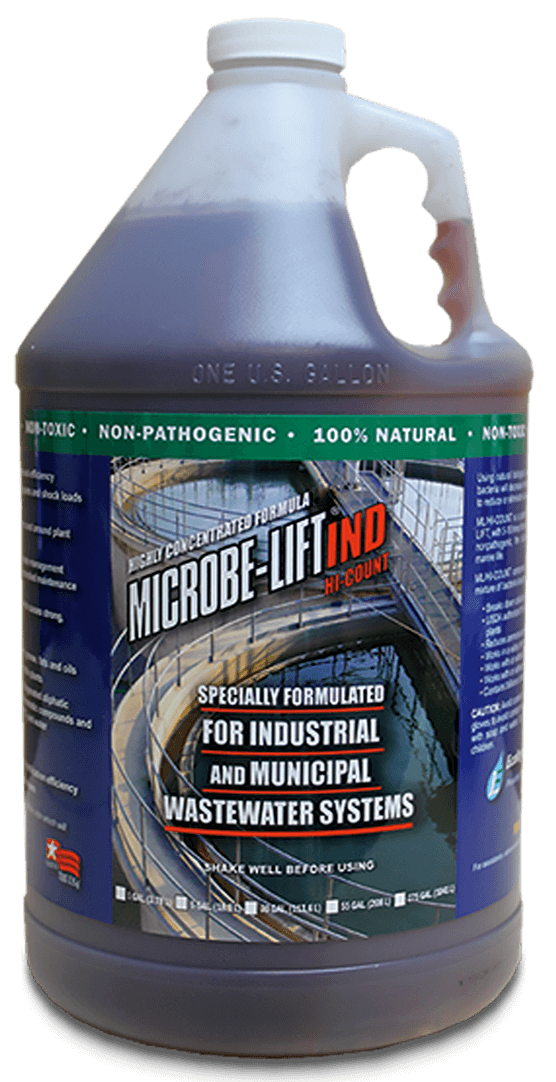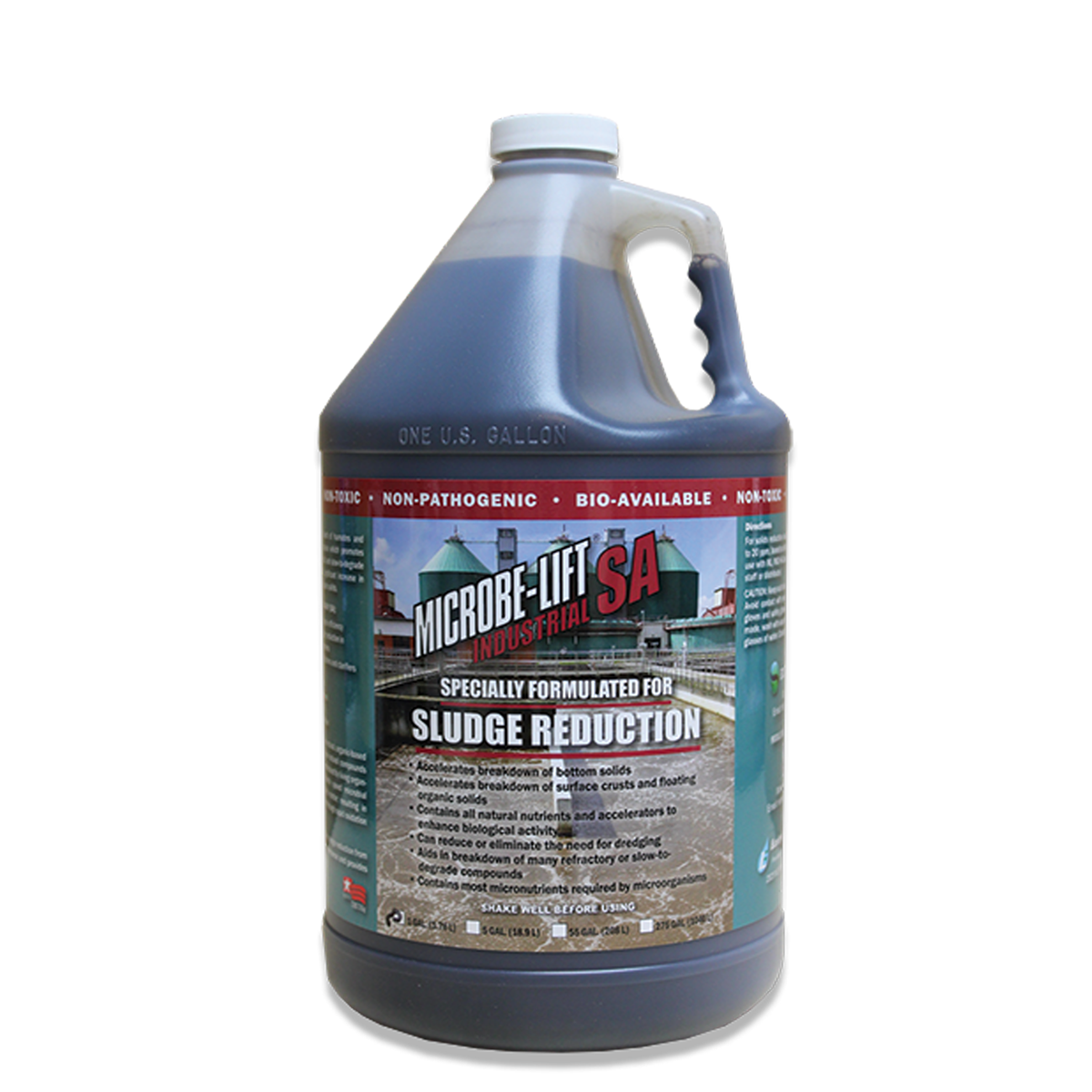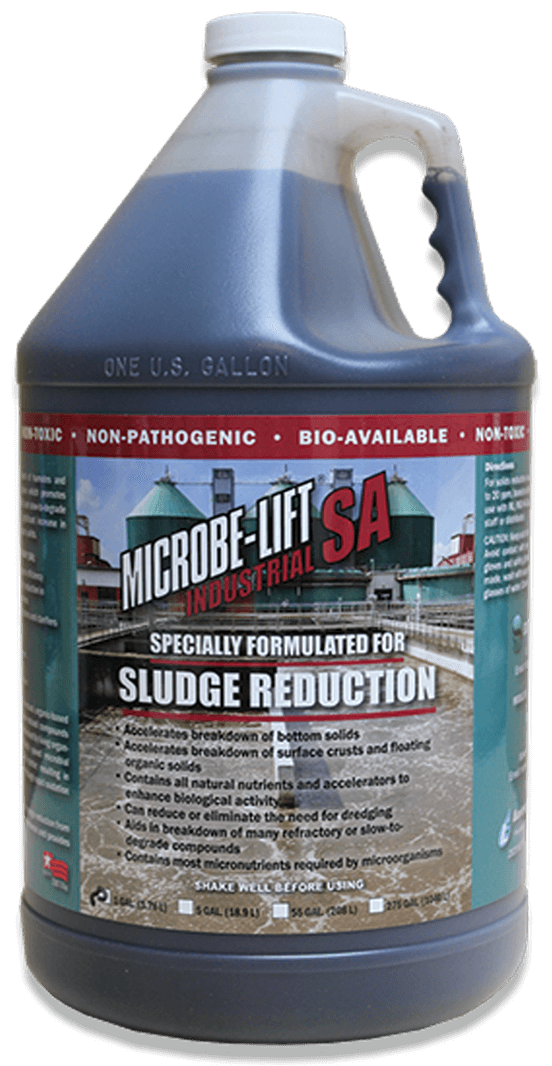Anaerobic Digestion has been used historically for digesting waste activated sludge to reduce the volume for disposal and also for treating high strength, low volume organic wastes to save energy. Recently, corn silage, food waste, animal manure, and slaughterhouse waste and other materials with a dense organic content are used as effective feedstock for the production of biogas. With increasing energy costs and the widespread use of natural gas by power generators. Biological methanogenesis is now looked upon as a viable method to improve energy sustainability and a source to increase the production of electricity.
BENEFITS
- Significantly increases biogas production
- Higher electricity production
- Decreases concentrations hydrogen sulfide
- Improve decomposition rate in the mortality pits and control odor
- Increase the liquefaction rates
- Reduces sludge / lowering handling and removal costs
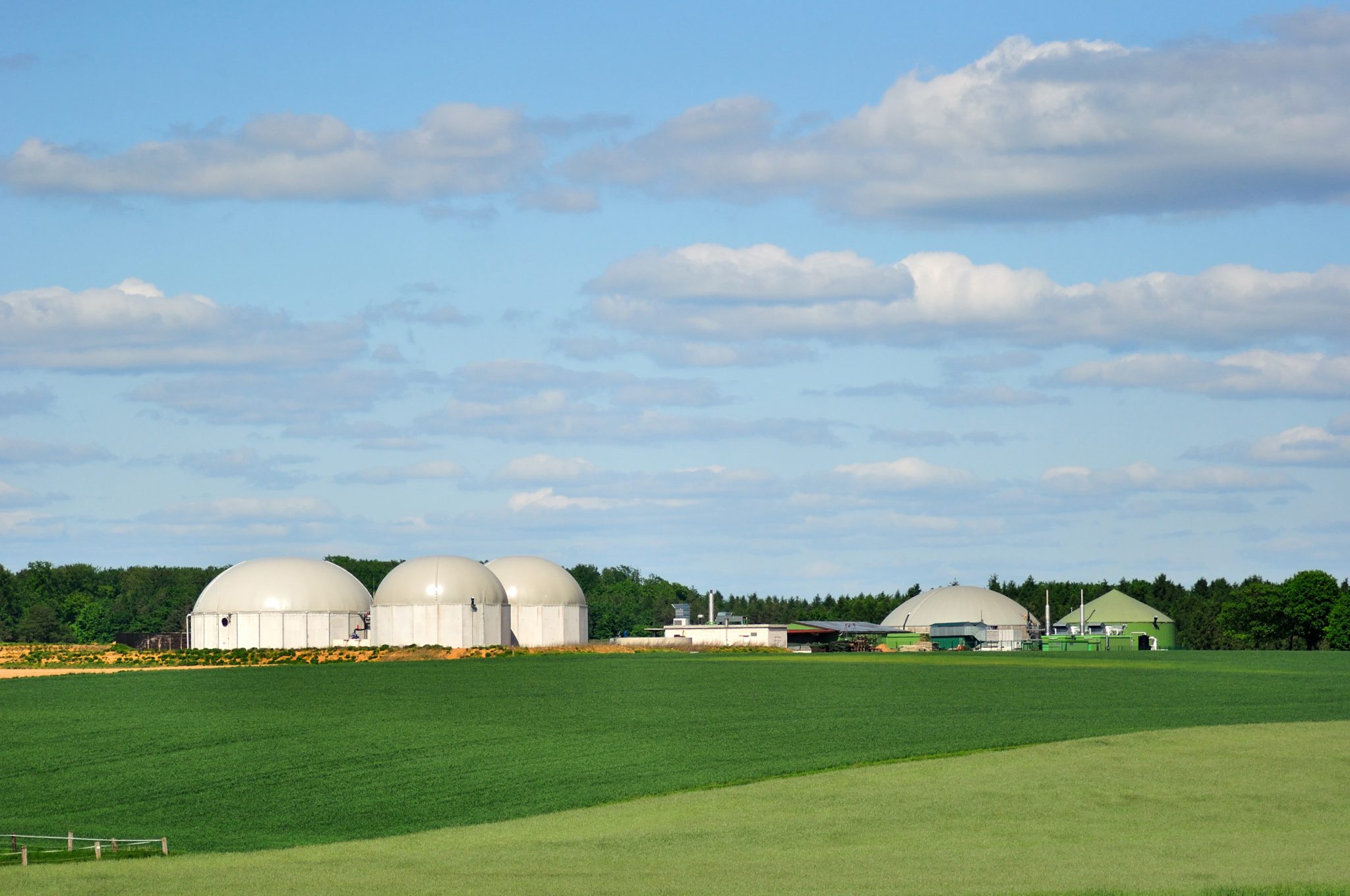
VIFCO FARM, PHILIPPINES
Project Details:
Sow: 2,000
Digester Volume: 9,600 m3
Inoculation: First Month – 40 gallons
Monthly Maintenance: 8 gallons per month.
In just 3 months of MICROBE-LIFT® initial application, VIFCO Farm was able to use their 2nd Gen Set and consistently run for 12 hours. And after 8 months, it reached 13.5 hours running time. This resulted in a significant cost efficiency by creating a positive offset of electrical generation.From the average of PHP 650,000.00 ($12,450.00) per month bill, their average electric bill after using MICROBE-LIFT® is PHP 120,000.00 ($2,300). As per VIFCO’s farm manager the frequency of their maintenance for desludging is reduced to 2 weeks from 6 – 8 weeks.

Before Treatment
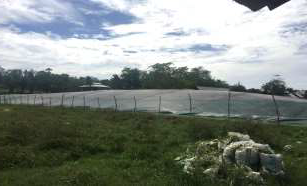
After Treatment
